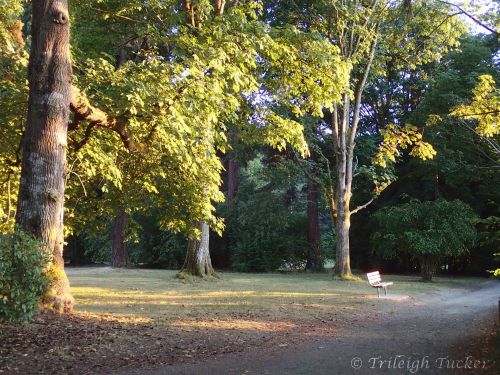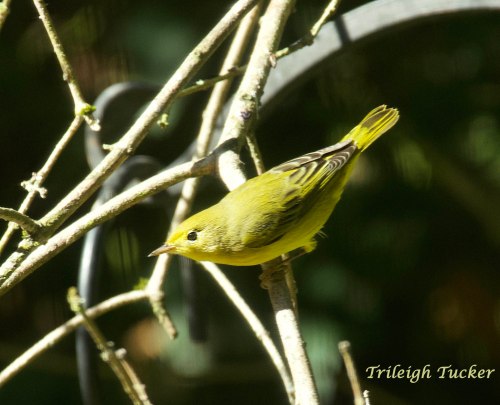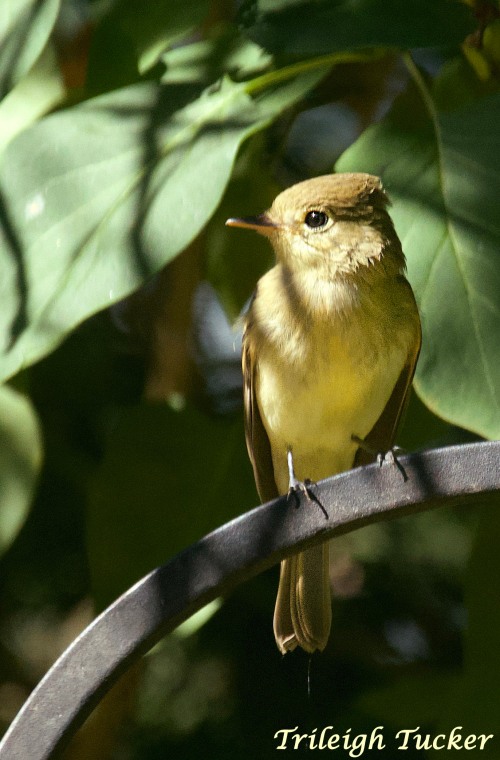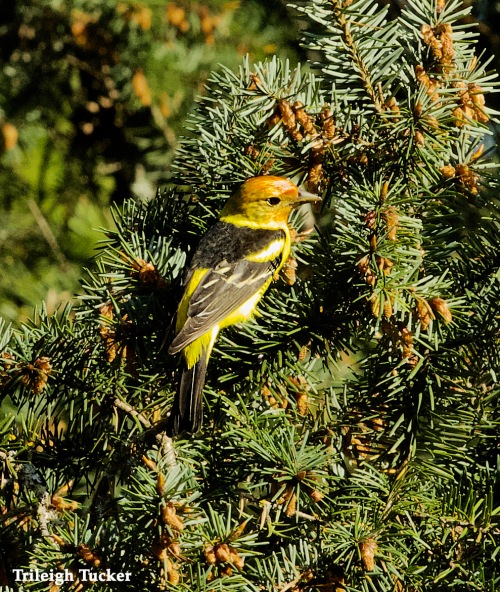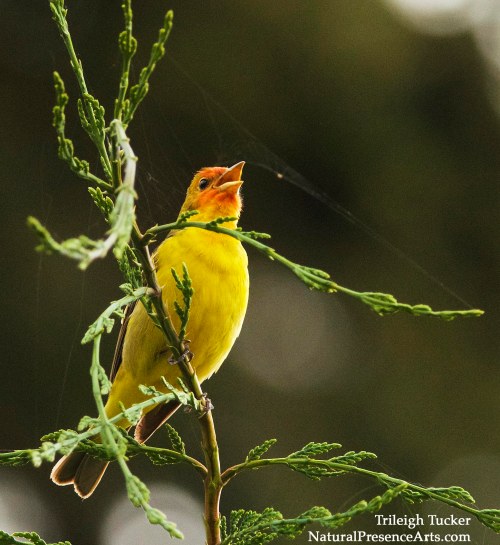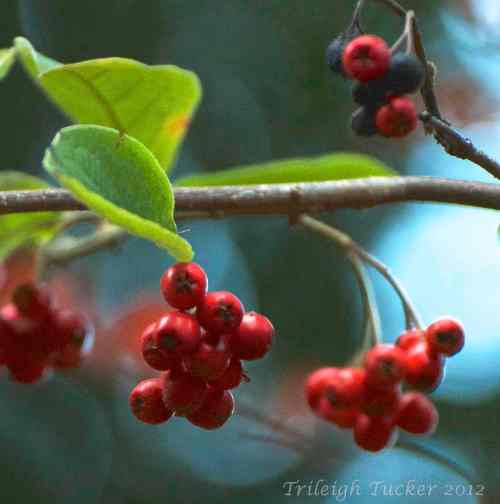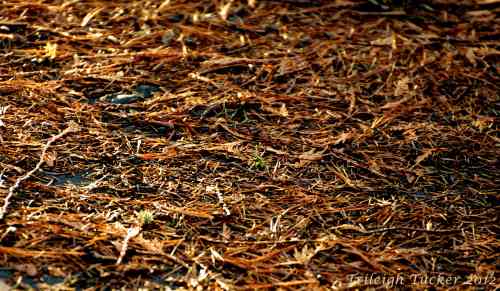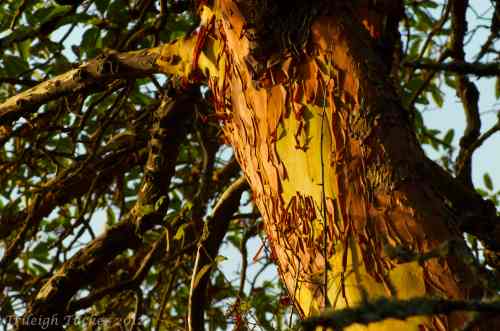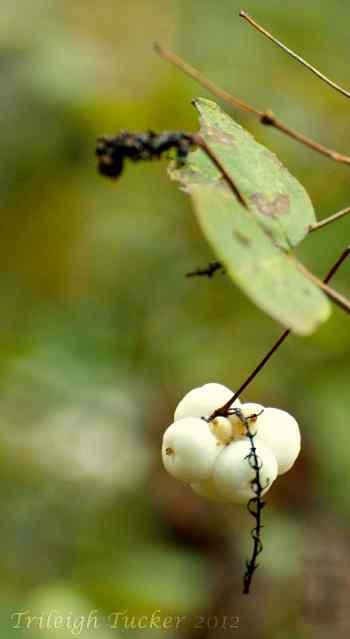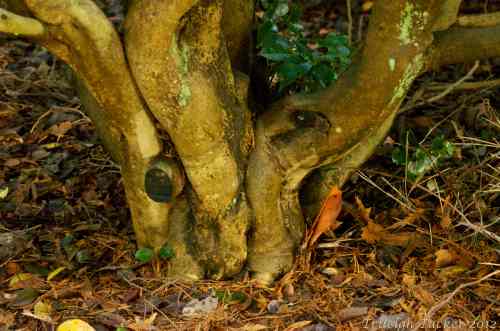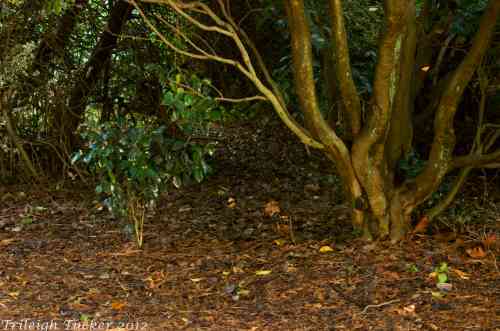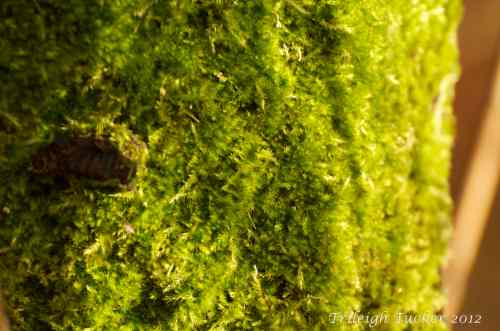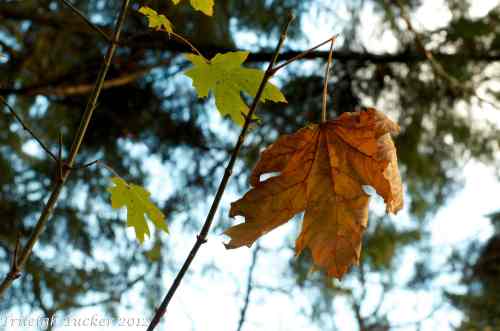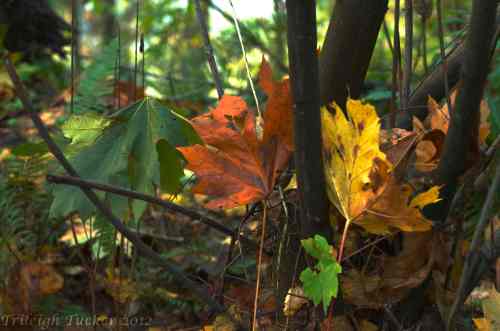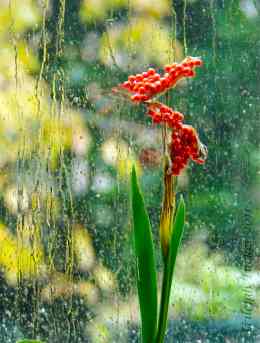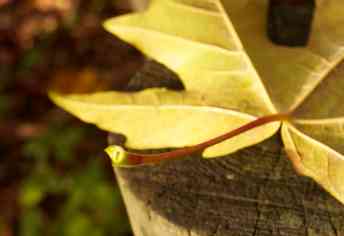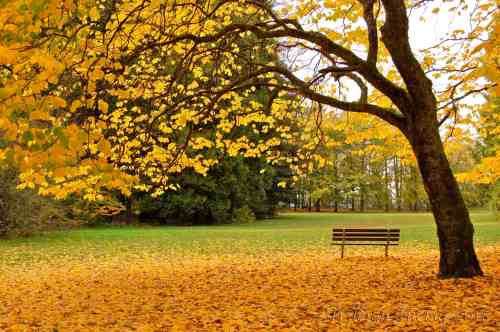Maybe it’s my training as a scientist, with its requirements for precision and accuracy, but it’s always felt like my most natural fine-art form is photorealistic drawing:

Portrait of Agnes Adámy
I drew all through childhood (didn’t we all, in those pre-electronic days!), and in my teen years found the pure joy of doing portraits. The human face—expressive, alluring, textured, with character in curves, stories in wrinkles, soul in eyes—

Portrait of Arthur Wheeler
—it’s unendingly interesting, no matter whose it is. It is a deeply sensuous pleasure to shape the curves of someone’s face or body with your hand, sketching in shading to bring out their infinite depth and character, a caress in carbon.
I didn’t really start experimenting with watercolors until I was an adult. Water in all its forms takes you with it on its fluid journeys, washes you out of your mold, pours itself into your rigid ideas and softens them, blurs and diffuses your boundaries. Watercolors have a life of their own, and I was drawn to them because I couldn’t control them as I could my pencils. And since you pretty much can’t erase with watercolors, being in relationship with them requires you to commit to their serendipity, to be open to new directions you hadn’t anticipated. I knew I needed that.
The watercolors I’ve been happiest with were those where I stopped in time rather than overworking them, but these have been few and far between:

Galapagos Tortoise
Generally I just get frustrated because I keep trying to get it just right, with all the lines in the perfect place just like they are in reality, and all the colors exactly right with the precisely correct shape. I either overwork the piece until it seems ruined (remember, no erasing), or give up in frustration over the details before it feels finished. That’s what happened with this sketch, which I began while sitting on a bench in a Lincoln Park clearing that I’ve nicknamed “Dragonfly Field.”

“Dragonfly Field,” Lincoln Park, West Seattle (unfinished)
So many branches, so many leaves! It was just too hard.
Trying to get a grasp of this literally-ungraspable art medium, I took a watercolor course recently with marvelous artist and teacher Ruthie V, who teaches at South Seattle Community College. She really gets watercolor.
“Look, aim at just the big patches of color. Don’t worry about all the little bits,” Ruthie suggested as I struggled to portray every single leaf in view in the SSCC Arboretum. But I just couldn’t un-see the details, and once I noticed them I couldn’t not try to get them right.
* * * * *
Getting the details right is a big part of the scientist’s job description—and not only that, but a thrill as well. A continuing-education biology instructor who started out as a geologist once told me with great pride, “There’s not much about ultramafics[1] that I don’t know.” As a grad student, I loved knowing tons of details about crystals, their architecture, how the atoms fit together and influenced each other, how a crystal sings and dances.
Of course, that’s not all you need to be a good scientist. You also have to be able to find patterns, preferably ones that are both interesting and significant. As with art, it’s easy to get bogged down in the details. I remember when I finally got my first big data set from my grad-school research and was faced with All Those Numbers: yikes! Now what?
I managed to find some interesting-enough patterns in those data. But how to do that in art? Especially when I’m not in my 20’s or 30’s anymore, but my 50’s —late 50’s at that—when my brain doesn’t function at quite the speed (that I seem to remember…) it did back in school?
* * * * *
I’ve had poor vision since fourth grade. In fact, I remember the exact day when the big blue numbers on Miss Stein’s classroom calendar looked different. She was teaching some lesson, finished up, and asked if we had any questions. I raised my hand and said, “Why does the calendar look fuzzy?” (She annoyedly clarified that she had meant questions about the lesson she’d just given. Oh. Sorry.)
I used to love lying under the Christmas tree and taking off my glasses, enjoying the wonderful soft haloes of colored light above me, our tree transformed into an arboreal fairyland by the hovering glowing light-balls. (I still do that now…don’t tell.) I think part of the joy I’ve always felt swimming might be partly because, wearing no glasses, I can’t see when I’m wet: a freedom from tracking what’s happening, freedom to trust to the sensation of wet and coolness on my body rather than the information from my eyes.
* * * * *
Right after I wake up every morning, I have a daily write-of-passage: three pages in my journal that take me from dreamland into reality, my treasured liminal time. And it was in that liminality yesterday, for no apparent reason, that I had a sudden insight into my art conundrum.
Because of my gift of poor vision, I can choose how well to see! What a wonderful tool in my artist box: to be able to simply take off my glasses and paint what my 20/450 vision sees: large fuzzy blots of color and hazy shapes. Take that, perfectionist tendencies!
This morning I went back to Dragonfly Field, sat on the same bench as before, took off my glasses, and iPad-painted what I saw.[2]

Dragonfly Field sans glasses
(Used iPad app called Art Set)
It’s a scene, a whole scene, how about that? No tiny leaves to worry about, a few big shapes of shadows and shrubs and grass; can you make them out? The splotches of color seem to define a space, a place, in a way my thin lines couldn’t. It’s almost like having a whole new medium to explore.
Funny how at this point in life, occasionally the things you’ve been thinking all along are your weaknesses suddenly flip over and become resources. A tendency to move slowly, formerly known as laziness, starts to look like contemplativeness. Having no ability to deal with shopping malls (a sore disappointment to my mother) gets transformed from “hypersensitivity” to an affinity for the earth. Insecurity about having something valuable to say becomes a desire to listen more deeply. Bad vision can sometimes help you to see a little better.
Artists have long known to take off their glasses, and I’ve just discovered this tool. So maybe that’s another bounty of aging: delight at newly encountering the old wisdom of others. Here’s to many more such surprises.
[1] An igneous rock type sort of like basalt, but more so.
[2] (Unfortunately, not seeing well also meant that I inadvertently painted on a tiny little portion of my canvas, ending up with a teensy and highly pixelated image, but I can fix that next time. Live and learn.)

